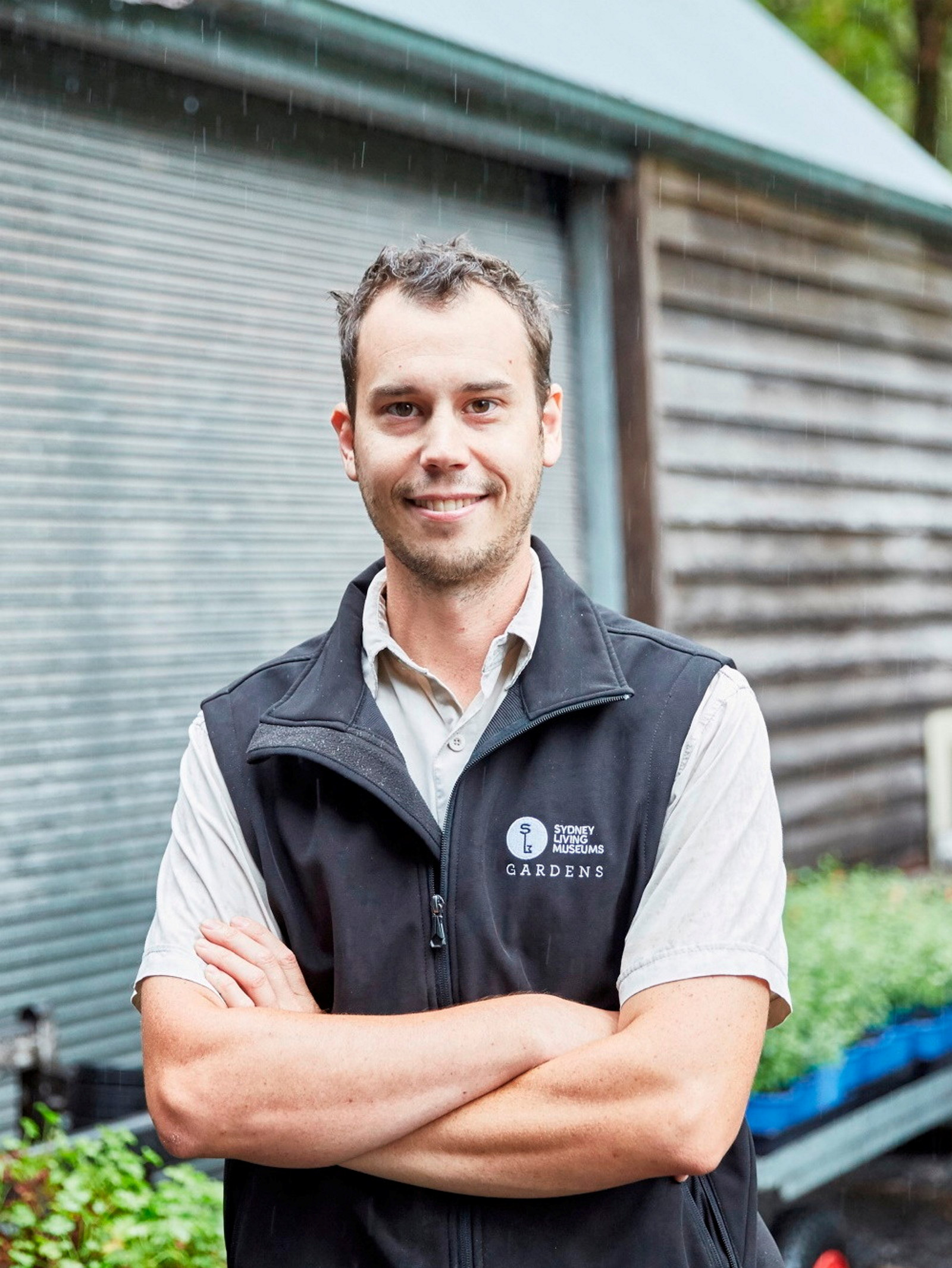It's Tecoma time again
A little later than last year, though reliable as ever, the arbour at Rouse Hill is once again covered in the orange-red blooms of Tecoma capensis. This heritage staple flowers in mid-Autumn and can be used as a fantastic hedge when maintained. Commonly known as Cape Honeysuckle, it actually has no relation to true Honeysuckle; it is in fact in the same family (Bignoniaceae) as the Jacaranda and Pyrostegia (Flame vine). This can be seen in their similarly ‘trumpet’ shaped flowers.
Here at Rouse Hill the plants always seem happy and healthy with little intervention from the Gardens team, which demonstrates their hardiness considering the harsh conditions and sometimes lack of water at Rouse Hill. Over time, these scrambling shrubs have almost turned into small trees, growing a lot taller than any label on a Tecoma plant would usually estimate. The blooms this year and last year seemed to follow on from heavy rainfall; I’m not sure if this is standard for this plant or just coincidence.
Published on
Plant your history
Browse all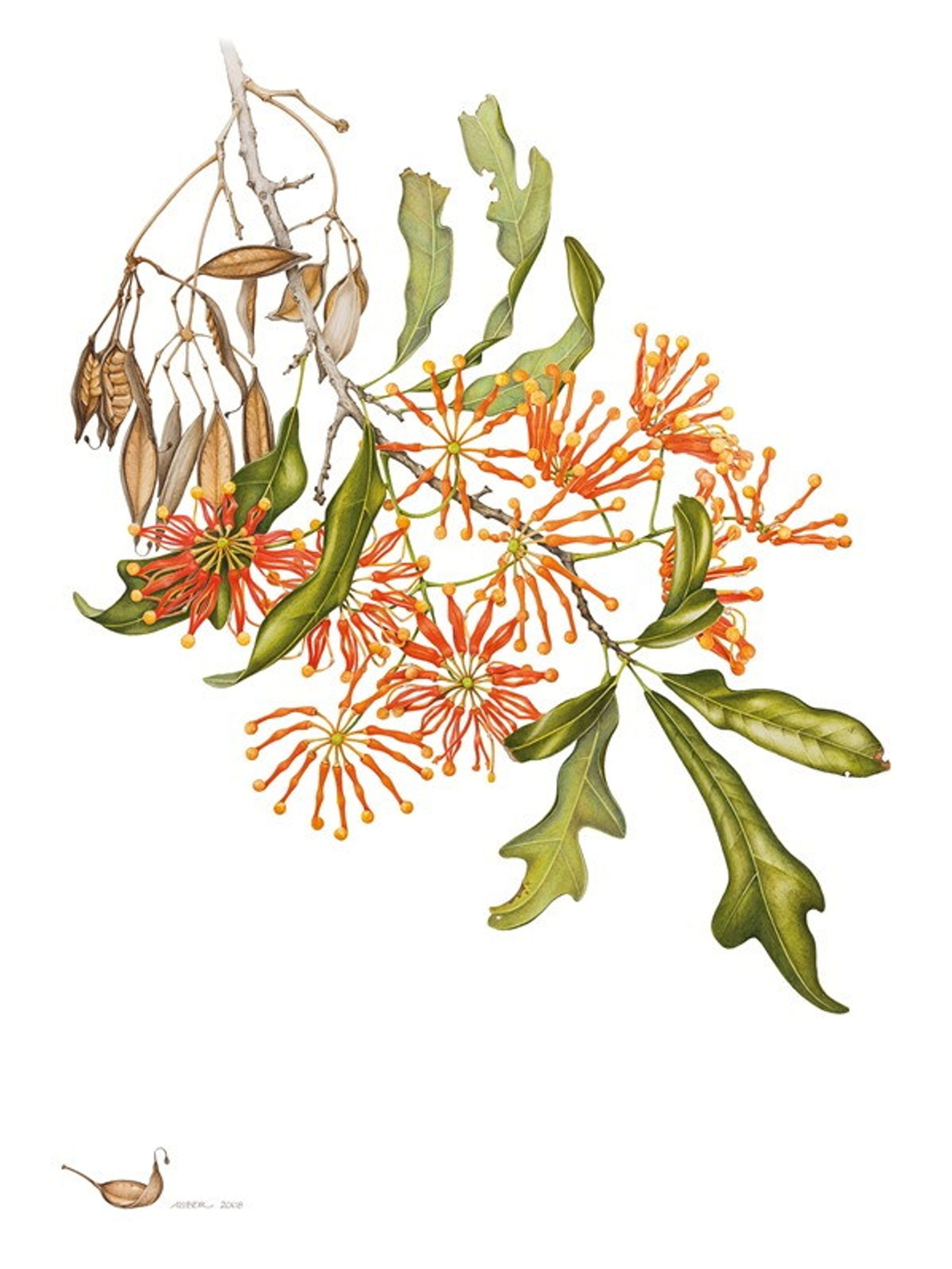
Florilegium plants
A gathering of flowers: the Florilegium collection
Finely detailed botanical artworks reveal the range of plants introduced to Sydney’s gardens over the past 200 years
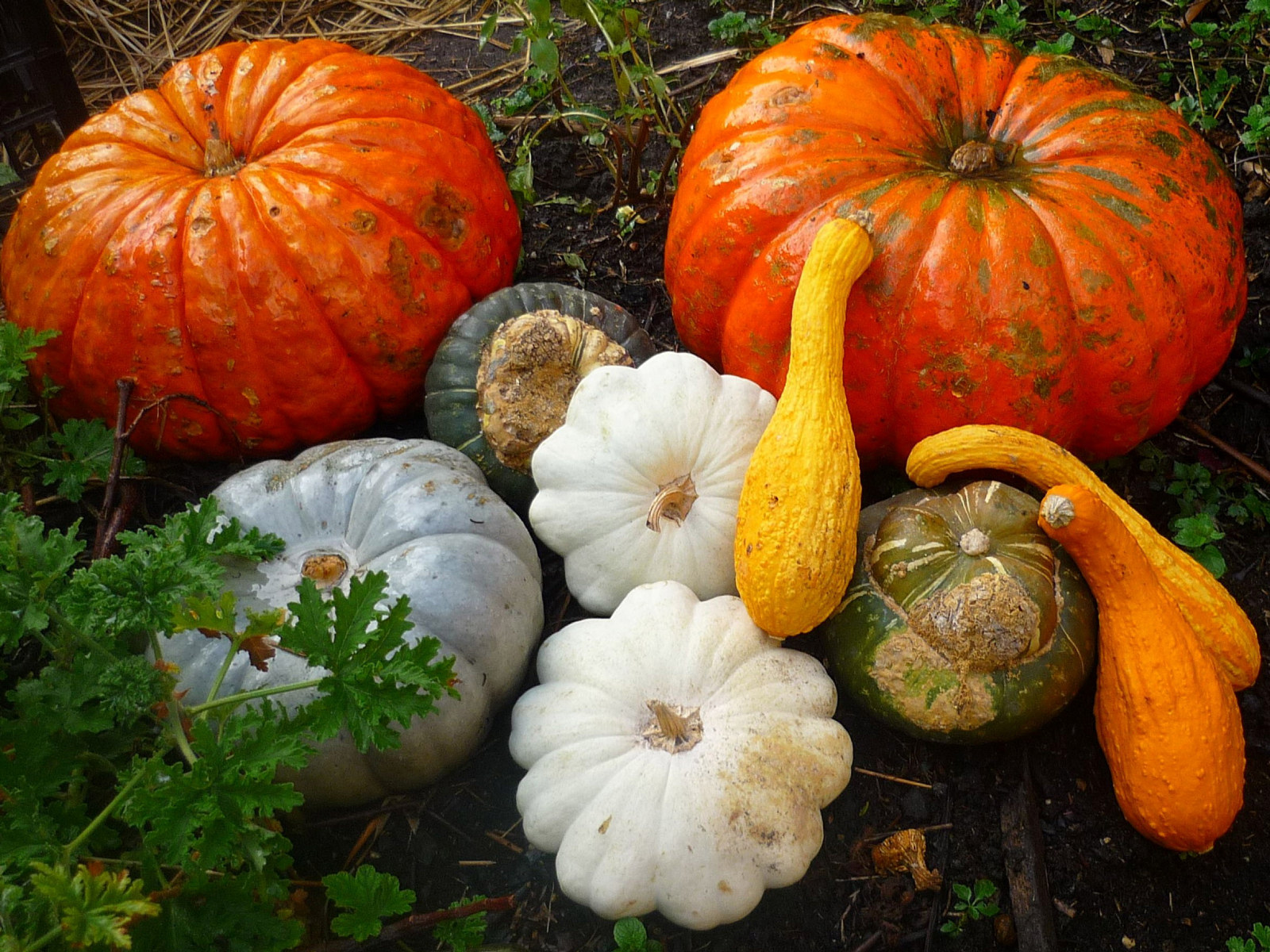
Plant your history
A harvest of melons and pumpkins
Learn how to care for your cucurbits with horticulturist Anita Rayner, read about the great watermelon heist of 1811 and discover some forgotten heirloom varieties
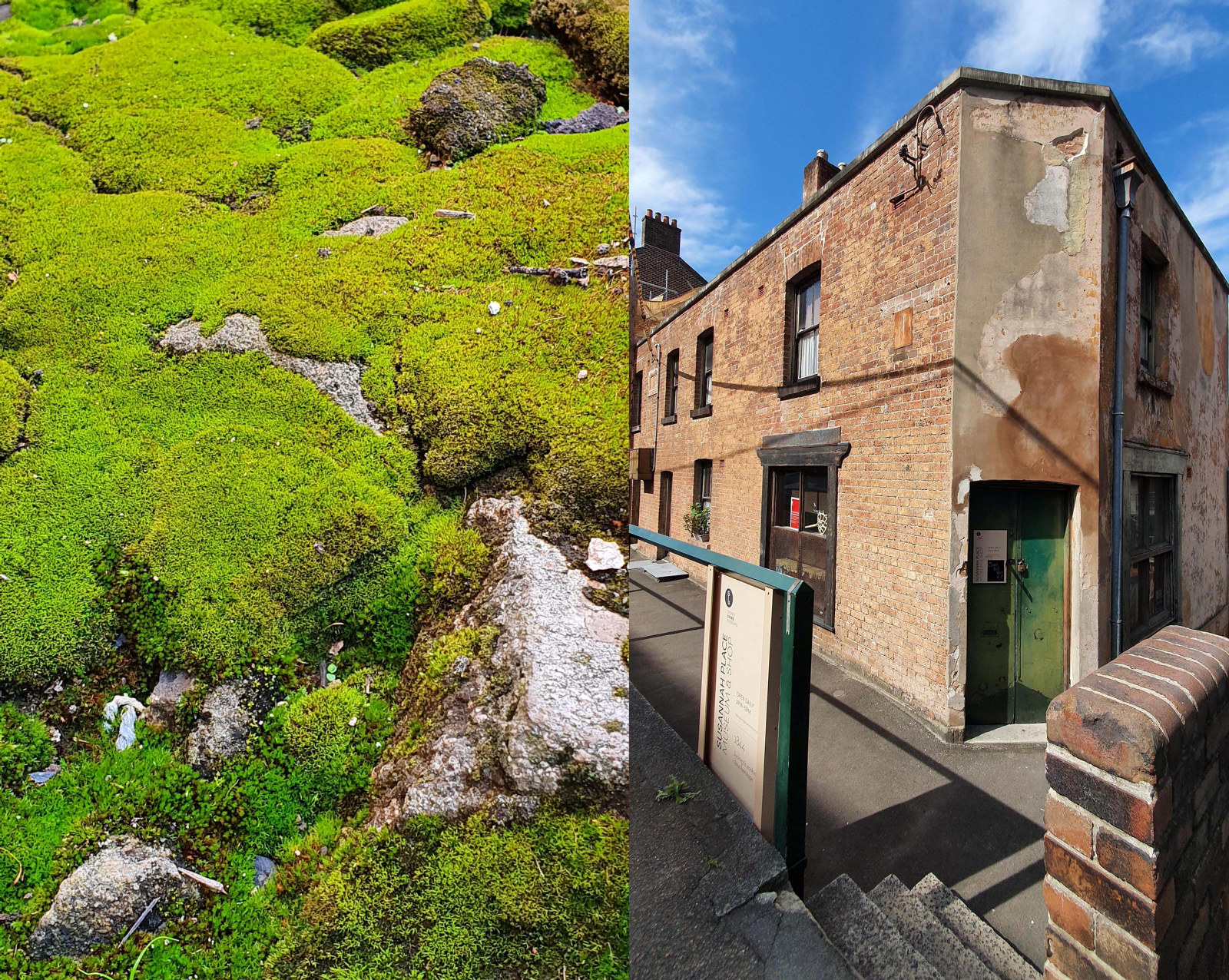
Plant your history
A mossy analogy for Susannah Place: small but mighty
Mosses are everywhere! They are small, mighty, unsung and inhabit the most unusual places. They can be found in all our museum outdoor spaces if one looks closely enough
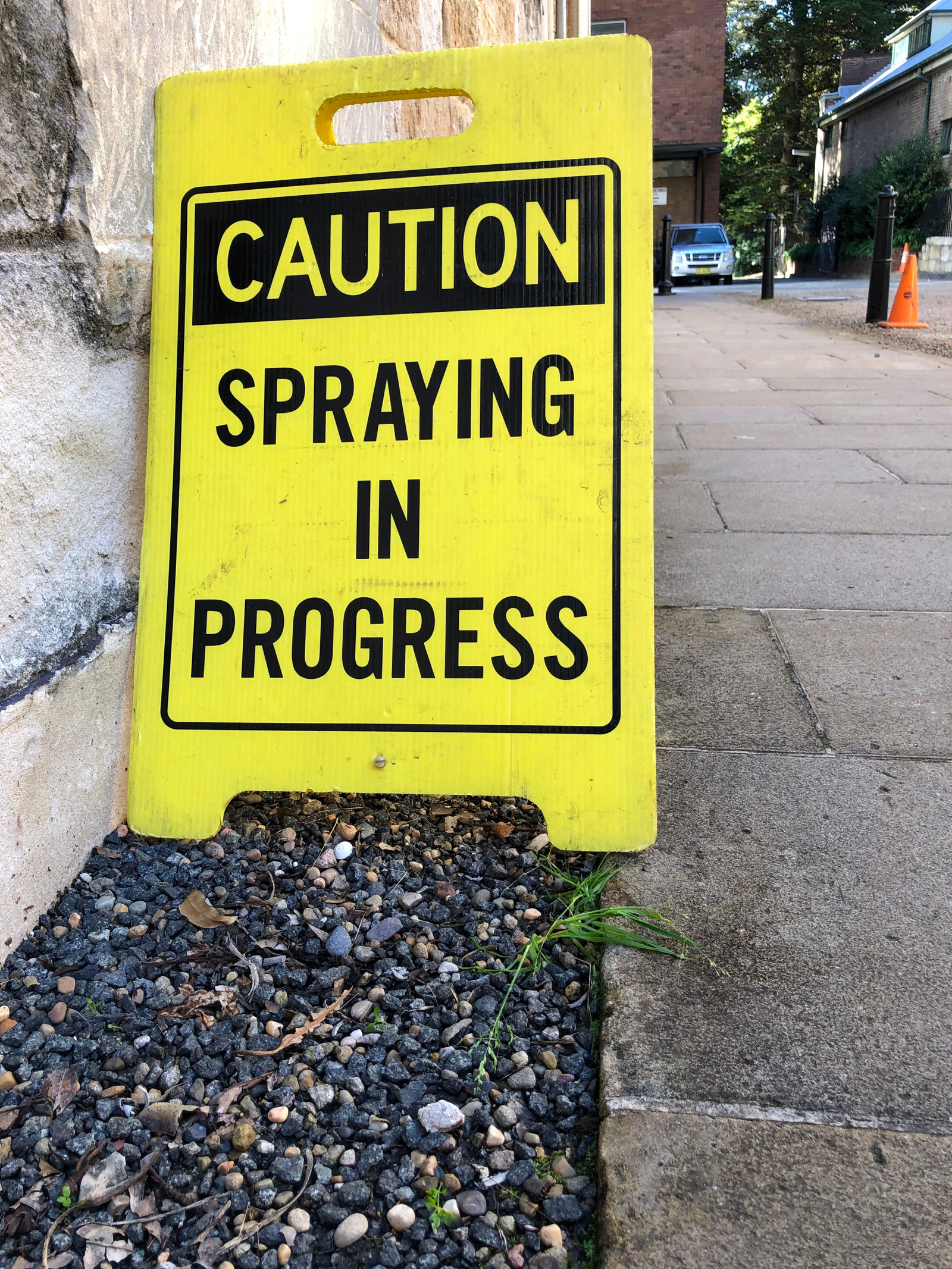
Plant your history
A new weapon in the war on weeds
A black and yellow sign warns me there is “Spraying in Progress”, and I wonder for a moment why no one is wearing a mask, or even gloves. But the dangerous looking mist enveloping these men is not what it seems
